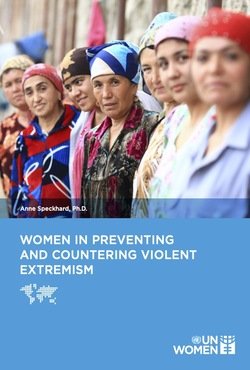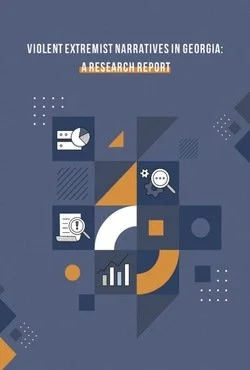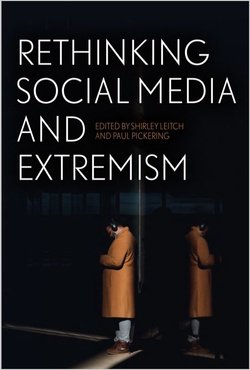By Mathieu Couttenier, Sophie Hatte, Mathias Thoenig, Stephanos Vlachos
We study how news coverage of immigrant criminality impacted municipality-level votes in the November 2009 “minaret ban” referendum in Switzerland. The campaign, successfully led by the populist Swiss People’s Party, played aggressively on fears of Muslim immigration and linked Islam with terrorism and violence. We combine an exhaustive violent crime detection dataset with detailed information on crime coverage from 12 newspapers. The data allow us to quantify the extent of pre-vote media bias in the coverage of migrant criminality. We then estimate a theory-based voting equation in the cross-section of municipalities. Exploiting random variations in crime occurrences, we find a first-order, positive effect of news coverage on political support for the minaret ban. Counterfactual simulations show that, under a law forbidding newspapers to disclose a perpetrator’s nationality, the vote in favor of the ban would have decreased by 5 percentage points (from 57.6% to 52.6%).
Lyon, France: University of Lyon, ENS de Lyon, Gate, 2019. 57p.





















